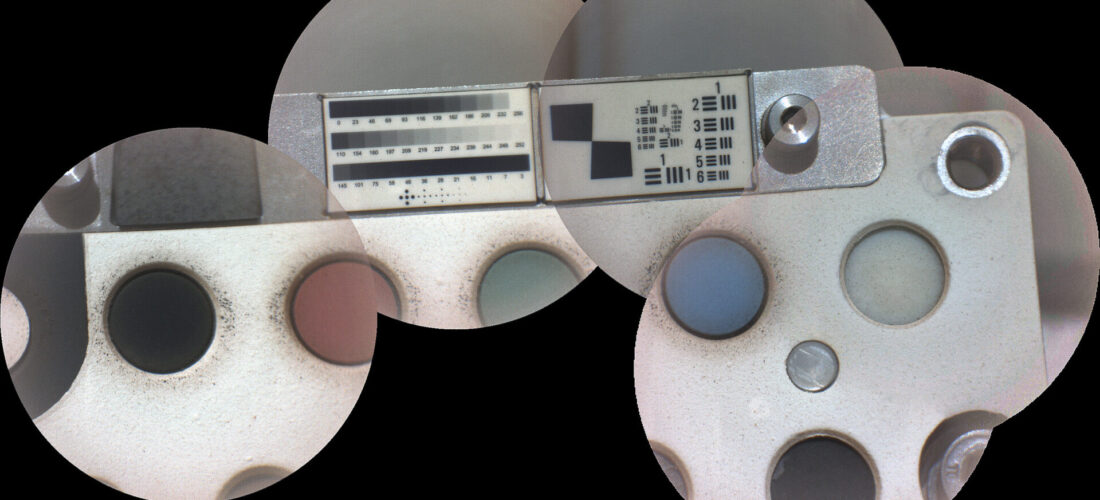
Mars 2020 SuperCam Calibration Target (SCCT)
- Posted by Alina Spuma,
- On February 15, 2022
- 0
Mars 2020 SuperCam calibration target carries a complex set of standards for imaging calibration, mineral identification, and chemometric calculations or spectral references to calibrate and evaluate the health of the instrument basic.
On February 18th, 2021, NASA´S Jet Propulsion Laboratory (JPL) successfully landed the Mars 2020 Perseverance Rover to search for signs of ancient microbial life. The Mars 2020 Perseverance Rover will advance NASA’s quest to explore the past habitability of Mars. The rover has a drill to collect core samples of Martian rock and soil, then store them in sealed tubes for pickup by a future mission that would ferry them back to Earth for detailed analysis.
Perseverance will also test technologies to help pave the way for future human exploration of Mars.
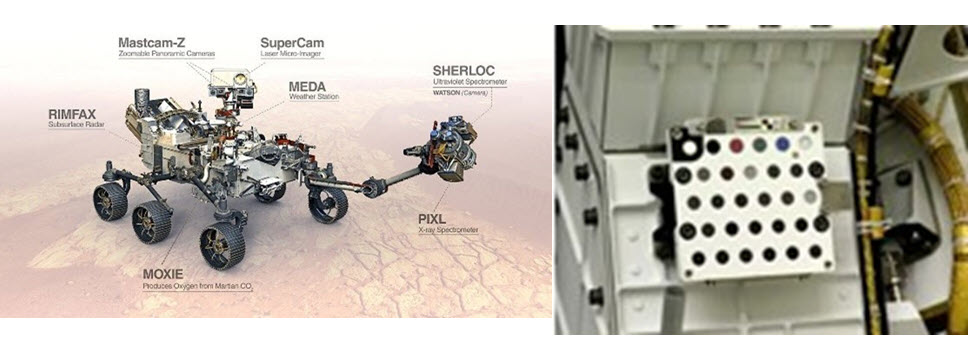
Fig1. Mars 2020 Perseverance Rover and SuperCam calibration target
Among other scientific instruments, the rover is equipped with zoomable panoramic cameras (Mastcam-Z) and Laser Micro-Imager (SuperCam). These instruments will take 3D pictures and video at high speed to allow detailed examination of distant objects. They will provide information on the rover’s mineralogy, geochemistry, and mineral context.
Mars 2020 SuperCam calibration target is a next-generation scientific instrument that examines rocks and soils with a camera, laser, and spectrometers to seek organic compounds that could be related to past life on Mars. It can identify the chemical and mineral makeup of targets as small as a pencil point from a distance of more than 20 feet (7 meters).
Every scientific instrument needs calibration, and the calibration for these instruments is a significant challenge as each technique requires its standard and reference.
Mars 2020 SuperCam calibration target
The SuperCam calibration target (SCCT) carries a complex set of standards for imaging calibration, mineral identification, and chemometric calculations or spectral references to calibrate and evaluate the health of the instrument basic.
The system also includes a specifically designed assembly. The samples are mounted to survive the harsh environmental conditions of the launch, cruise, landing, and operation on Mars during the whole mission.
Mars 2020 SuperCam calibration target is directly exposed to the Martian environment, making it critical to keep it clean and sterile.
ALTER laboratory in Madrid, Spain, was chosen by SCCT developers to perform the environmental and mechanical tests on qualification and flight models to verify the instrument suitability for harsh environmental conditions during the launch, cruise, landing, and operation on Mars.
The purpose of instruments testing prior integration and flight is to ensure structural integrity and workmanship defect detection. Thermal tests for the qualification (QM) and the complete acceptance campaign (mechanical and thermal test) on FM and FS models were done, measuring and preserving sample cleanliness.
The setup and results for thermal test execution are presented below.
Mars 2020 SuperCam calibration target: FM thermal tests requirements
The requirements for thermal vacuum and Mars pressure tests are resumes below.
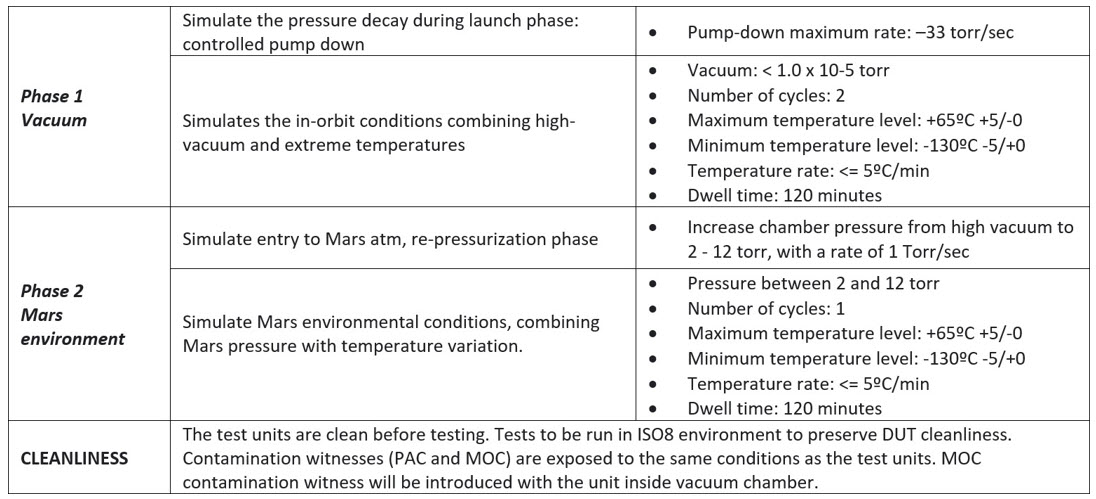
Equipment
Custom thermal vacuum chamber for extended temperature range
The thermal vacuum system developed by Alter is based on using a vacuum chamber (cube with DN160CF flanges) that is placed inside a commercial cryogenic chamber. Temperature monitoring is done using T-type thermocouples placed inside the vacuum chamber in the vicinity and on the sample under test (T-type thermocouple feed-through with five ports is used).
A LabView developed software does the temperature control with a PID control loop that uses one of the thermocouples inside the vacuum chamber to adjust test temperature. Vacuum chamber walls are cooled and heated by the cryogenic chamber (-182ºC to +400ºC). With this system, inside the vacuum chamber can be reached temperatures between -170ºC and up to +250ºC.
The temperature rate is slow (<1ºC/min). Good thermal contact between the vacuum chamber base and the device under the test interface is mandatory to achieve the desired temperature level on TRP. For this purpose, soft thermal conductive materials (graphite) are used.
The pump system is formed by a turbopump and the previous rotary pump.
For this application, no functional tests were required. Still, for other needs, several types of feed-through are available: SMA (up to 16GHz), D-SUB (50p, 32p, 9p), D-SUB High-density 44p, high-power (10Kv, 100A); rotary or linear movement, Fiber optics, windows, etc.).
Mars atmosphere simulation
ALTER Technology has developed a Mars atmosphere simulation setup based on using a CO2 or GN2 coupled to a precision gas flow controller to adjust the flux to the vacuum chamber for reaching and maintaining a previously selected pressure (6mbars usually for Mars simulation). The following picture shows the CO2 bottle and the flow controller. However, due to the minimum temperature of the thermal cycles on SCCT, GN2 is used instead of CO2 for the last thermal process.
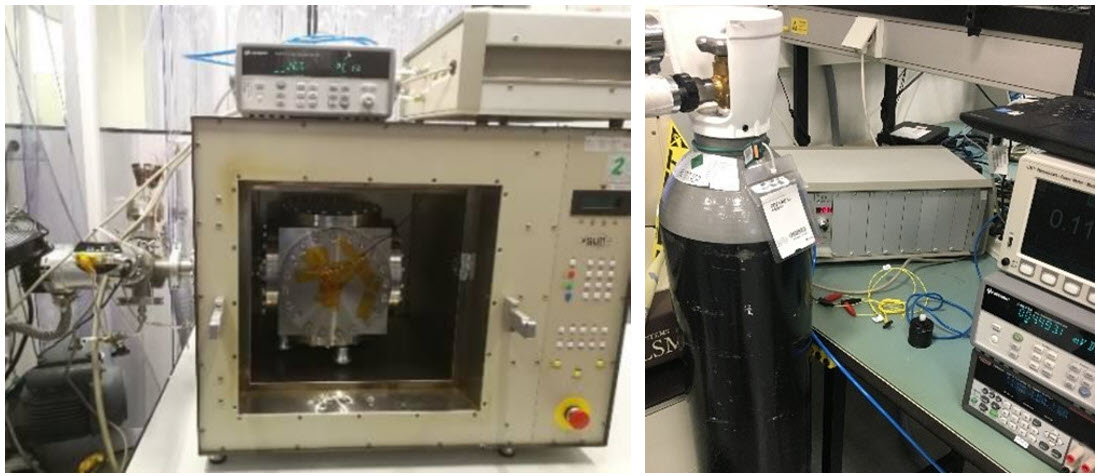
Fig2. Thermal vacuum chamber and Mars atm simulation
Cleanliness control and monitoring
Thermal tests were done under ISO 5 laminar flow situated inside cleanroom ISO 7, at Alter laboratories in Tres Cantos, Madrid. MOC particulate witness was introduced inside the vacuum chamber for the test to collect volatile materials.
Results
Thermal tests were successfully done on SuperCam Calibration Target. Some images of the set-up and the temperature and vacuum evolution results during the vacuum phase and Mars pressure test are shown.
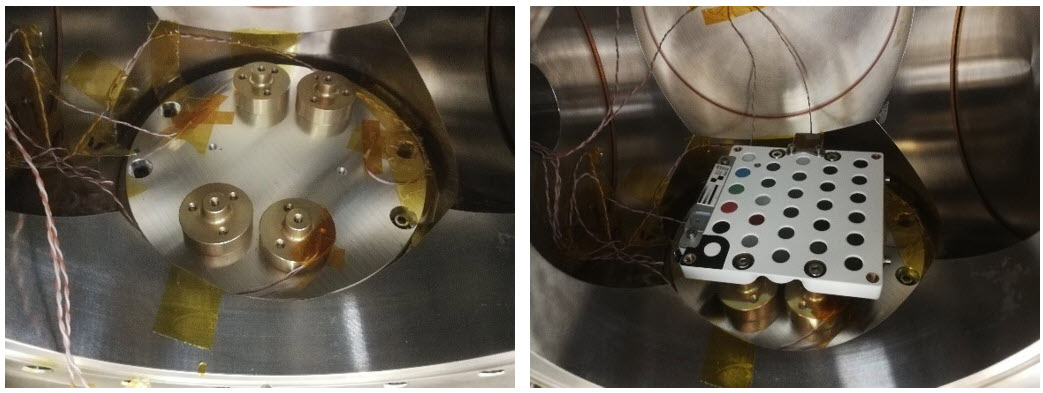
Fig3. DUT interface and thermocouples at TRP / SCCT (FS) prepared for thermal tests.
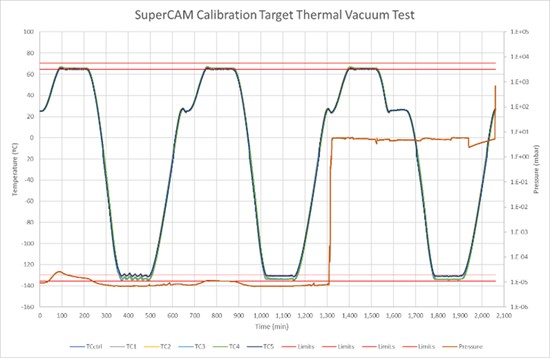
Fig4. The vacuum and temperature registered during thermal test are shown in this image.
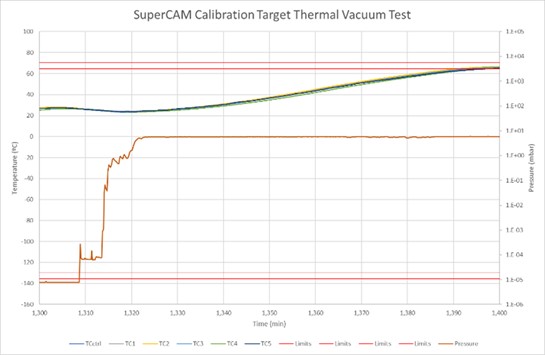
Fig5. Zoom into re-pressurization phase to Mars pressure and Mars atm thermal cycle.
GET IN TOUCH TODAY!
Want to contract this service? Contact us!
- ANGULAR SENSORS MEASUREMENTS - February 18, 2022
- Mars 2020 SuperCam Calibration Target (SCCT) - February 15, 2022
- Angular Sensors Measurements in Vacuum and Temperature - December 1, 2021


0 comments on Mars 2020 SuperCam Calibration Target (SCCT)